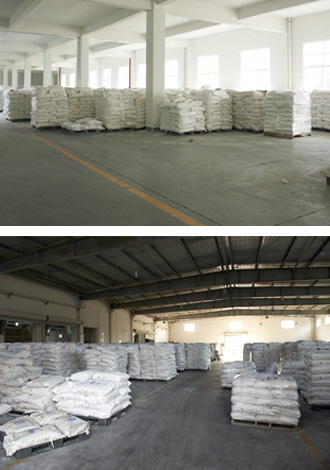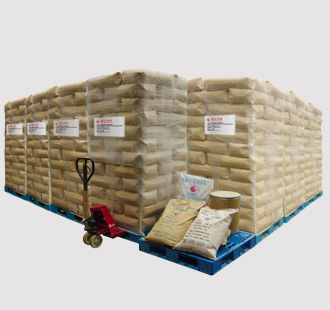General information
Rheology modifier has been produced and applied in China for thirty years. It is a montmorillonite / rheology modifier ammonium compound as the raw material, the use of lamellar structure of the montmorillonite and bentonite capable of swelling clay dispersed colloidal level characteristic in water or an organic solvent, by ion-exchange technology intercalated organic coating agent made of.
Rheology modifier in all kinds of organic solvents, oils, liquid resins capable of forming a gel with good thickening, thixotropic, suspension stability, high temperature stability, lubricity, film-forming, water resistance and chemical stability , particularly important applications in the coatings industry. In addition, in ink, grease, metallurgy, oil drilling and other industrial polymers also have a wide range of applications.

Rheology modifier principle is: Montmorillonite is a unique performance of aluminum silicate mineral consisting of two layers of Si-O tetrahedral sheets sandwiching a layer of AIO (OH) consisting of two octahedral sheet lamellar minerals. Montmorillonite structural unit layers Si4 + can be replaced Al3 +, Al3 + is often Mg2 +, Fe3 +, Zn2 + and other multivalent ion replacement octahedral layer, so that the lattice charge imbalance, resulting in surplus negative charge, it has ability to adsorb cation and anion exchange, a higher hydration energy, the force oxygen barrier and oxygen layer between C axis (layer sheet stacking direction) of the crystal layer is small, it can form a good surface dissociation, Ease immersed interlayer water molecules or other polar molecules, causing swelling of the C-axis direction. This is the other non-swelling clay does not have the performance. Because of this performance, so full of montmorillonite interlayer water and exchangeable cations, which is the driving force caused by the expansion of montmorillonite. However, different metallogenic conditions of different rheology modifier, montmorillonite between its exchangeable cations types and exchange capacity (CEC) are very different. Among them, high interlayer cations (Ca2 +, Mg2 +, etc.) montmorillonite electric double layer thin film hydration, swelling multiple low; Low cations (Na +, Li +, etc.) thickness of hydration, swelling high multiples. Generally the main types montmorillonite adsorbed cations to name, such as Ca2 + mainly between layers is called calcium bentonite to Na + is called sodium bentonite-based, organic cation is mainly known as bentonite . Available montmorillonite cation ion exchange properties to convert calcium montmorillonite or a sodium magnesium-based group and then reacted with an organic cation producing rheology modifier.
Preparation of rheology modifier is generally divided into: wet process and dry process (also known as semi-dry process), the most commonly used is a wet process.
usage and dosage
Recommended use is: first rheology modifier pre-gel made (or rheology modifier gel), and then the rheology modifier pre-gel was diluted to the appropriate concentration applied products, rheology modifier gel preparation process in the following table (High-speed disperser):
| The main parameters |
| Reported number: |
Action: |
Feeding amount (mass percentage) |
| 1. solvent (solvent oil) |
Mix |
85-88 |
| Rheology modifier |
Mixing for 5 minutes |
8-10 |
| 3. polarity activator |
Mixed 10 minutes |
3-5 |
First input solvent, mixing starts, rheology modifier was added and mixed for 5 minutes, adding a polar activator (polar additive) mixing was continued for 10 minutes. Rheology modifier may increase or decrease, for easy operation, with 10 percent of the maximum amount. By experiment, the optimum polar additive 95% methanol, 95% ethanol, and propylene carbonate, the recommended dosage is as follows:
Methanol / water (95/5), 30-35% of the amount of rheology modifier
Ethanol / water (95/5), 30-40% of the amount of rheology modifier
Propylene carbonate, 40-50% of the amount of rheology modifier
For optimal efficiency gel, methanol and ethanol are required to contain 5% of water, methanol or ethanol containing water, the viscosity increases rapidly while using anhydrous methanol or ethanol gel is not ideal.



